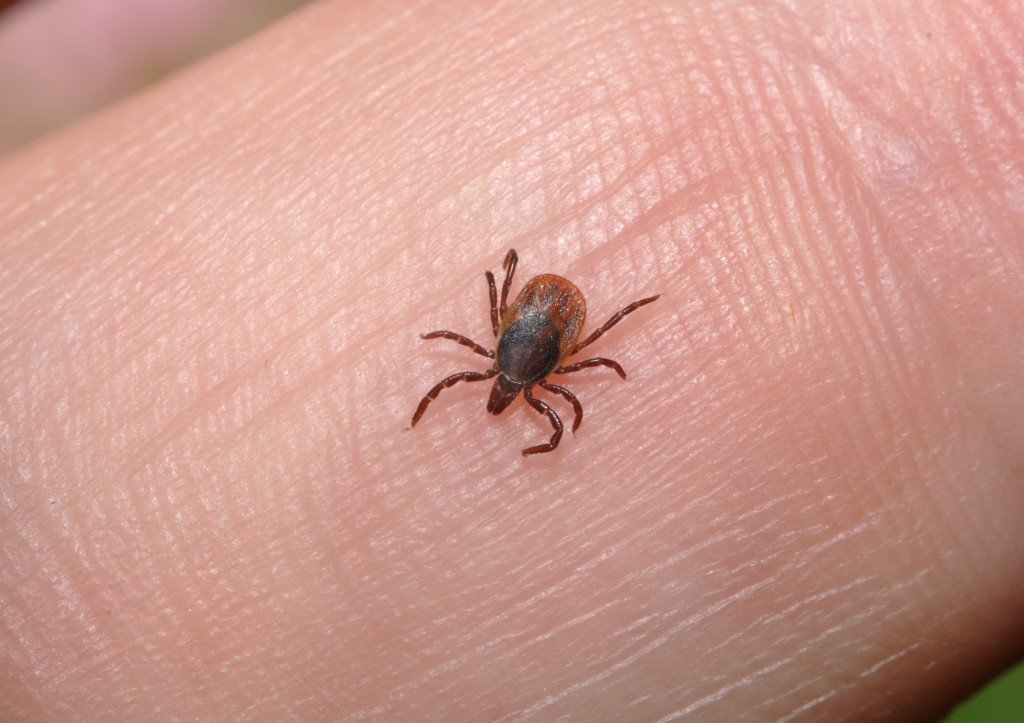- Lyme disease, a bacterial infection transmitted by ticks, leads to varied physical symptoms and severe health complications.
- Common physical symptoms include joint pain, fatigue, neurological issues, cardiac symptoms, and skin manifestations.
- Hyperthermia, an emerging treatment, uses heat to eliminate the infection and prevent recurrence.
- Antibiotics, dietary changes, herbs, and supplements are other standard treatment options tailored to individual needs.
- Prevention measures and seeking immediate medical advice are crucial for managing Lyme disease effectively.
Lyme disease affects millions of people around the world. It is a bacterial infection transmitted by tick bites that, when left untreated, can lead to serious health complications. Lyme disease manifests differently in each person, but one commonality is its physical impact. Here’s what you need to know about Lyme disease, how it can affect you physically, and treatment options.
What is Lyme Disease?
Lyme disease is an infection caused by the bite of an infected black-legged tick (Ixodes scapularis). It’s transmitted to humans by a bacteria called Borrelia burgdorferi. In the United States, anyone bitten by a tick carrying this bacteria. Symptoms can vary from person to person but may include fatigue, fever, headaches, a rash that looks like a bulls-eye, or joint and muscle pain.
Physical Symptoms of Lyme Disease
Lyme disease affects different parts of the body in various ways. Common physical symptoms include:
1. Joint Pain and Swelling
One of the most common physical symptoms of Lyme disease is joint pain and swelling. This typically affects large joints, such as the knees, but can also occur in smaller joints. Patients may experience stiffness, tenderness, and reduced range of motion. In some cases, arthritis may develop due to chronic inflammation. It can be painful and affect how you function every day.

2. Fatigue and Weakness
Lyme disease can also cause profound fatigue and weakness, significantly impacting daily life. This can be due to the immune system working overtime to fight off the bacterial infection and the impact of sleep disturbance caused by Lyme disease-associated symptoms, such as pain and anxiety.
3. Neurological Symptoms
Lyme disease can affect the nervous system in various ways, leading to neurological symptoms such as tingling, numbness, muscle weakness, and cognitive impairment. In severe cases, Lyme disease can cause meningitis or encephalitis, which are brain and spinal cord inflammations.
4. Cardiac Symptoms
Some patients with Lyme disease may experience cardiac symptoms, such as palpitations, chest pain, and shortness of breath. This is due to heart muscle inflammation, which can lead to myocarditis or pericarditis. In rare cases, this can lead to heart failure.
5. Skin Manifestations
Finally, Lyme disease can manifest on the skin in various ways. The most common is a circular rash, erythema migrans, which can occur anywhere on the body. This rash often accompanies flu-like symptoms like fever, headache, and fatigue. Other skin manifestations include hives and swelling.
Treatment Options
Thankfully, there are treatment options for this disease. Here are four treatment options today:
Hyperthermia
A newer and emerging treatment option is hyperthermia. It involves using heat to increase the temperature of infected areas and has successfully treated Lyme disease, particularly over time. A good hyperthermia Lyme treatment can eliminate and prevent the disease from returning. However, ensure that you get medical supervision when using this treatment option.

Antibiotics
Another popular treatment option is antibiotics. This is usually the first-line approach for treating Lyme disease, as antibiotics can help to kill off the bacteria that cause it. However, they are not always effective, so getting a complete medical evaluation and speaking with your doctor about which antibiotic to take is essential.
Dietary Changes
It’s also essential to make dietary changes when dealing with Lyme disease. Eating a balanced diet rich in anti-inflammatory foods can help the body fight off infection and promote healing. This may include fish, nuts, green leafy vegetables, fruits, and healthy fats.
Herbs and Supplements
Finally, you can also use herbs and supplements to help treat Lyme disease. Herbal remedies like turmeric, ginger, and echinacea can reduce inflammation and boost the immune system. Supplements such as probiotics, omega-3 fatty acids, and vitamin C can help your body fight the infection.
It’s important to remember that treatment for Lyme disease varies from person to person and depends on the severity of the infection. It’s always best to seek medical advice from your doctor before starting any treatment. It’s also important to practice prevention measures, such as using insect repellent and wearing long sleeves outdoors in areas with ticks. With proper treatment, Lyme disease is a manageable condition that can be treated and managed.

